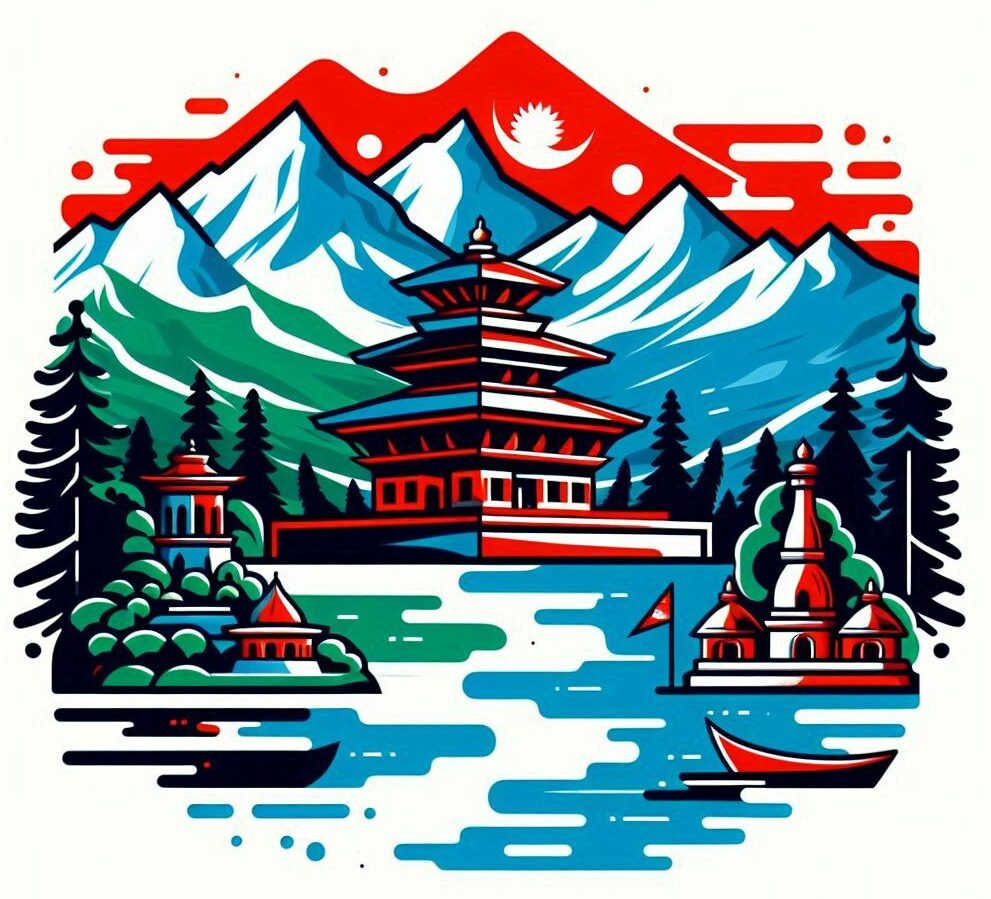Tasting Nepal: Traditional Dishes To Try
Nepal is a treasure trove of flavors, with its cuisine offering a blend of spicy, aromatic, and savory dishes that’s as diverse as its stunning landscapes. Bordered by India and Tibet, and influenced by both these culinary giants, Nepalese food offers a world of distinct tastes to explore. Dal Bhat When you think about the … Read more
